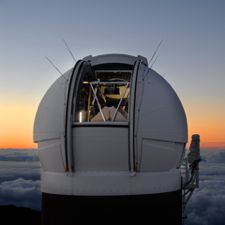
A new sentry is on guard atop the Haleakala volcano in Hawaii, scanning the skies for potentially threatening asteroids and comets. The first of four telescopes planned for the Pan-STARRS project, short for Panoramic Survey Telescope and Rapid Response System, began a dedicated survey of the sky May 13.
Pan-STARRS 1 (PS1) is a modest-size telescope, just 1.8 meters in diameter, but it has an extremely wide field of view, making it an ideal instrument for surveying. Its view encompasses seven square degrees at once - about 35 times the area of the full moon and more than four times as much sky as is visible to the telescope used in the influential Sloan Digital Sky Survey, which began in 2000. "In terms of survey power, we're the biggest telescope in the world," says PS1's director, Ken Chambers, an astronomer at the University of Hawaii's Institute for Astronomy (IfA). Pan-STARRS' operators predict that the telescope will complete a survey of the sky visible from Hawaii - about three quarters of the entire sky - three times a month.
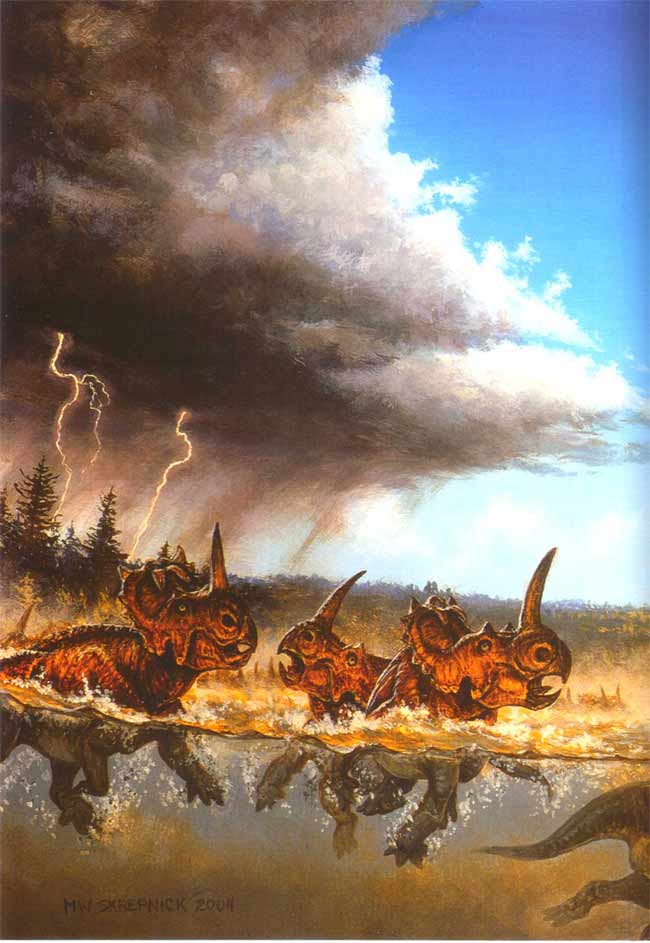
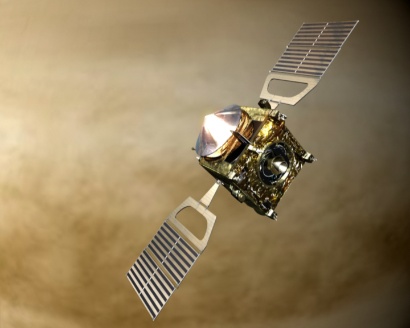


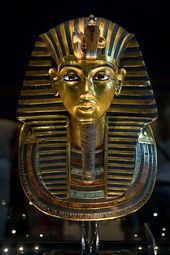
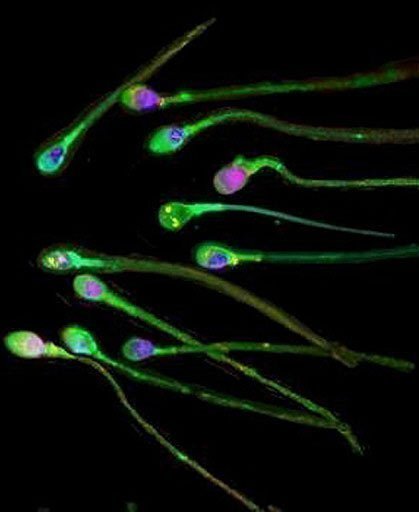

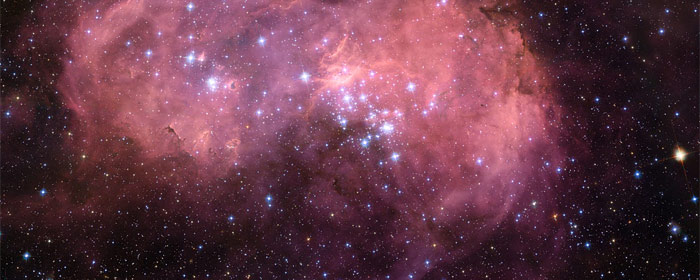




Comment: For our readers to get an idea of what lies ahead and what we truly need to worry about, read Laura Knight-Jadczyk's comprehensive SOTT editorial: Meteorites, Asteroids, and Comets: Damages, Disasters, Injuries, Deaths, and Very Close Calls